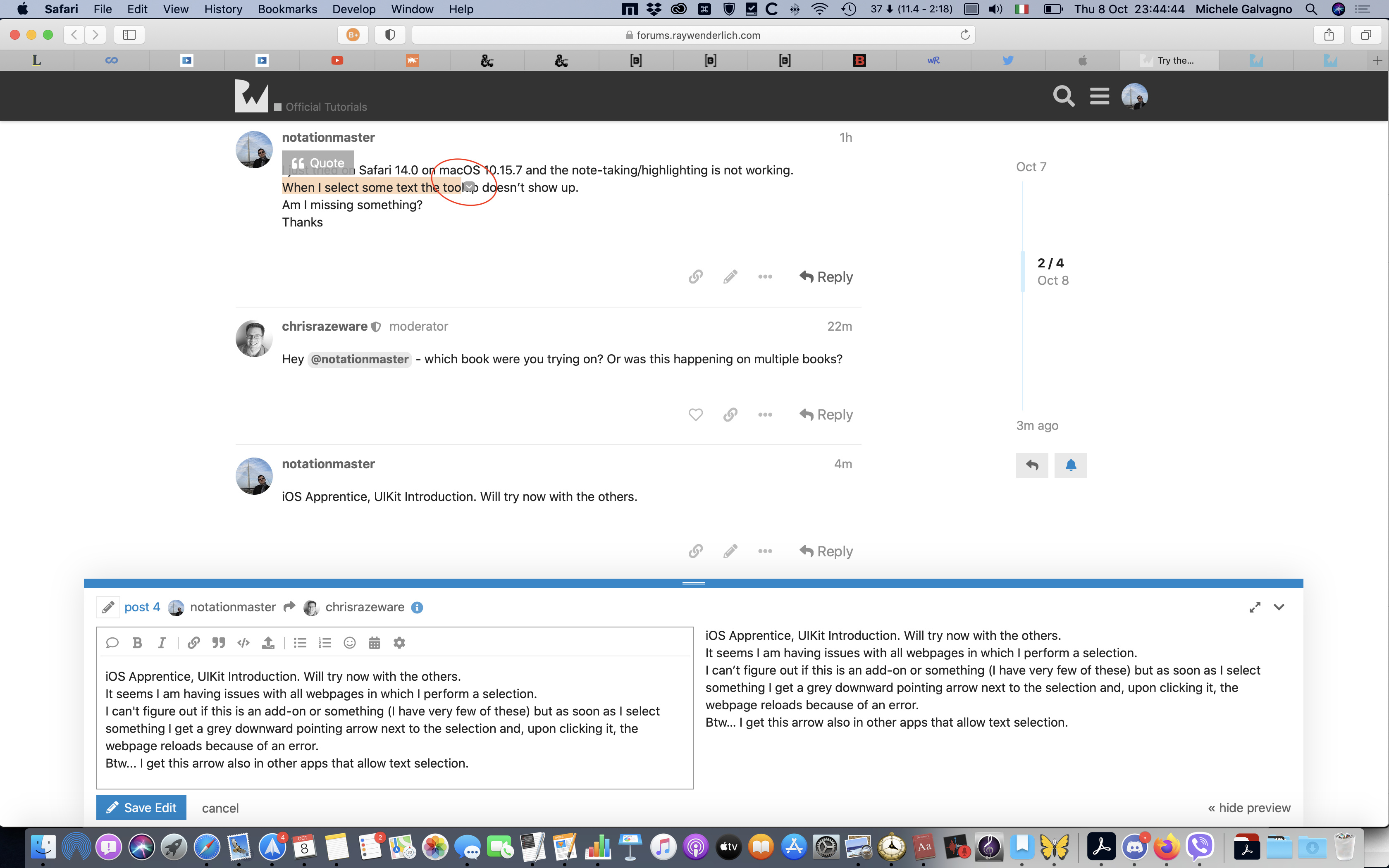

In this example, the references are compiled in Ref.bib.įinally, whether using BiBTeX or embedding the bibliography, you will likely want to cite the references throughout your document. The second line provides the name of the ‘.bib’ file that contains the list of reference. One of the links in the resources provides information on the different bibliography styles available and what they will look like. There are formats that adhere to APA and MLA, in addition to others. For example, an instructor may expect a certain format if you are submitting a class project, or a journal may require another format if you are submitting an article for publication.


The first line specifies the style and formatting of your bibliography, which you may want to change depending on your needs. In general, the word environment refers to a section of your LaTeX edior that follows a certain format, has its own reference scheme, or has specific command options different from the rest of the document, and it is characterized by \begin line), you use the following commands: You begin and end this section of the document through the commands: The commands and formatting options available vary by document class, but they are all similar in nature. You may also format it to your liking through the use of chapters, sections, paragraphs, and appendices. You may include header information such as the title, subtitle, author, date, and abstract. The Document Environment is the body and actual content of your document and includes texts, tables, figures, images, equations, and anything else you wish to include in your actual document. For example, if we wish to write a journal article with 11pt font and use the package “graphicx”, our first two lines of our LaTeX program would look like: The Preamble includes defining the type of document you wish to create (such as an article, book, report, etc.) as well as a call to any packages you wish to use in addition to the default packages. It doesn’t put a lot of stress on CPU and memory, so the overall system performance is not affected.Īs a conclusion, Textbar seems to be the right choice for users who are looking for an easy-to-use application that comes packed with limited features.Each LaTeX program has these three general parts:
#Latex textbar professional
However, professional users may find it pretty inconvenient to work with a tool that doesn’t come bundled with any advanced features.ĭuring our testing, we have noticed that the utility carries out a task very quickly, and no errors showed up throughout the entire process. The lack of dedicated parameters can be good news only for rookies, as they can learn to set up the entire process with minimum effort. On the downside, you are not allowed to select their desktop position, and you cannot choose a background or foreground color in order to differentiate them. Basically, it proves to be extremely easy to work with this tool, because as soon as you run it, the program automatically displays the running utilities on your desktop, and lets you switch between them.īy default, the utilities are revealed in the bottom part of your screen. Textbar doesn’t comprise any configuration settings of its own. You can copy it on any USB flash drive or other devices, and take it with you whenever you need to view the applications that are running on your computer on the fly, without having to go through installation steps.
#Latex textbar portable
Since this is a portable program, it is important to mention that it doesn’t leave any traces in the Windows Registry. Textbar is a lightweight application built specifically for helping users view the programs that are currently running on the computer and switch between windows with ease.


 0 kommentar(er)
0 kommentar(er)
